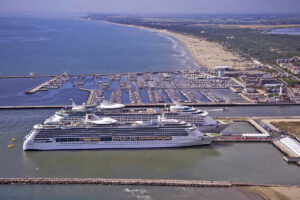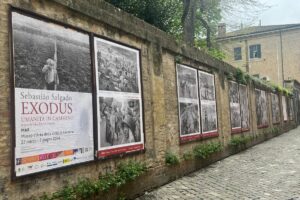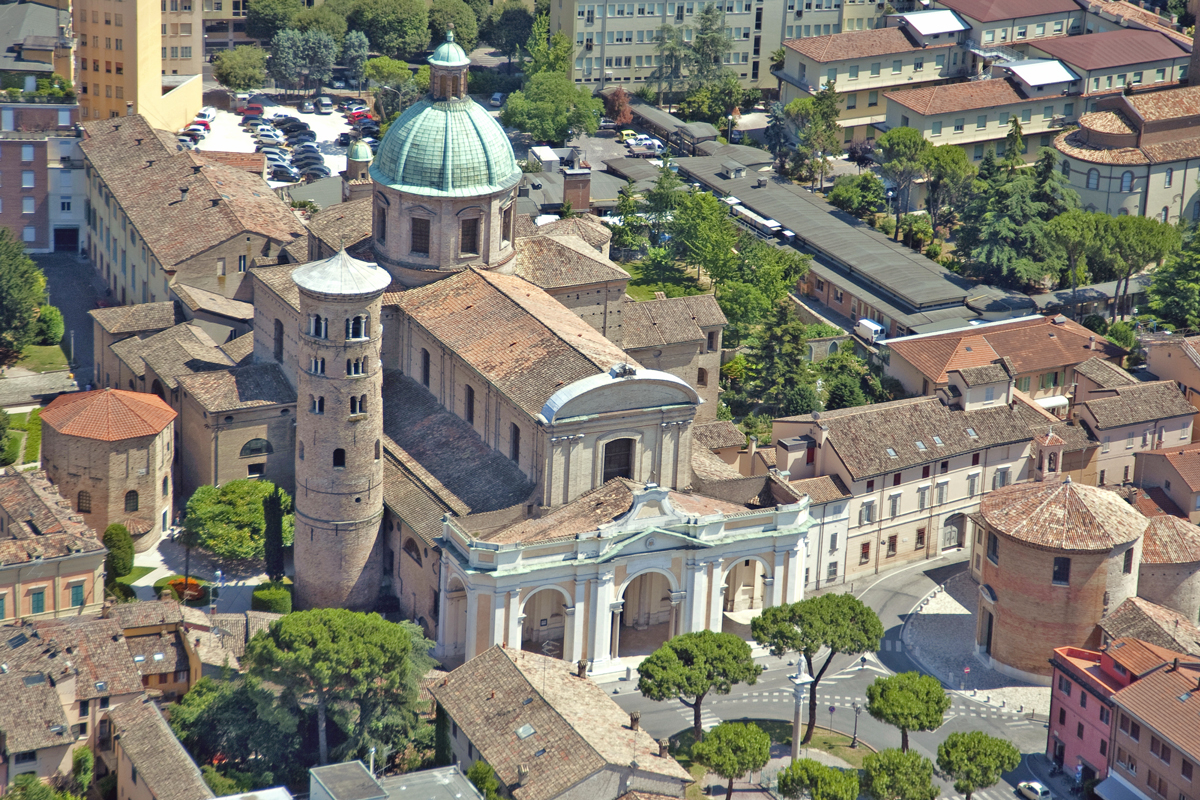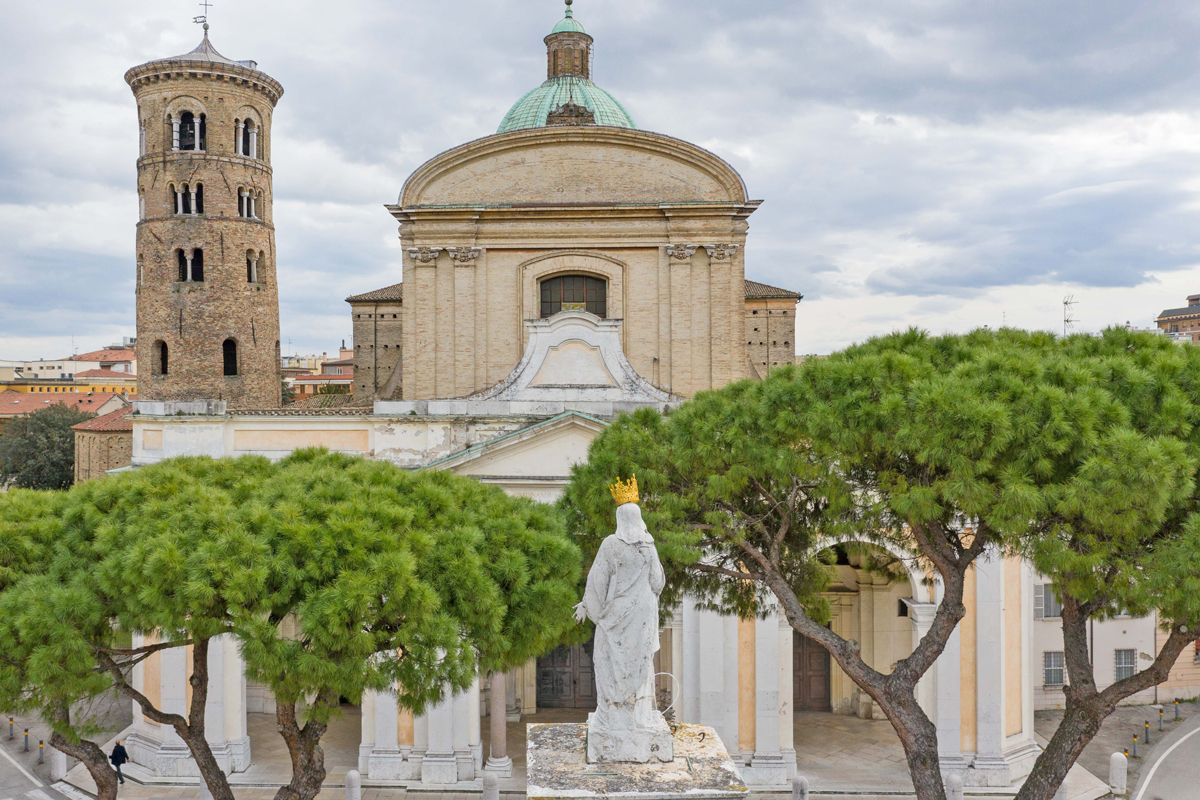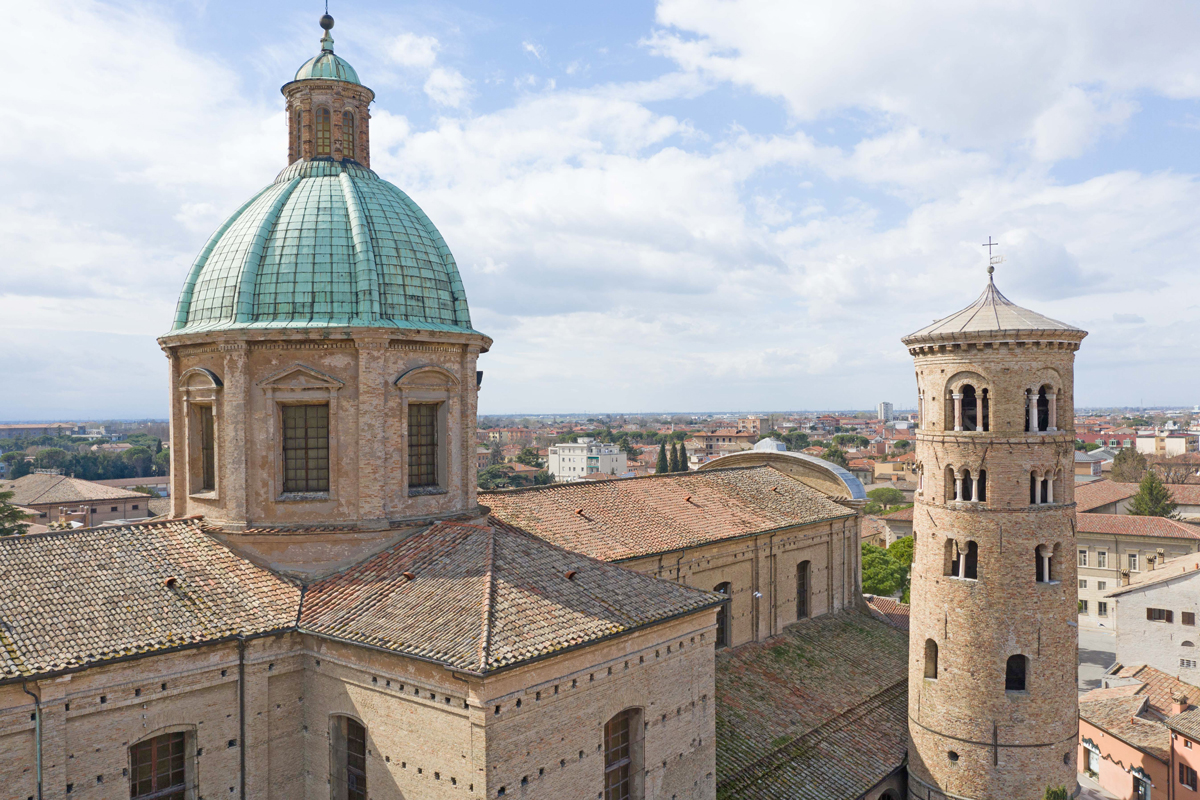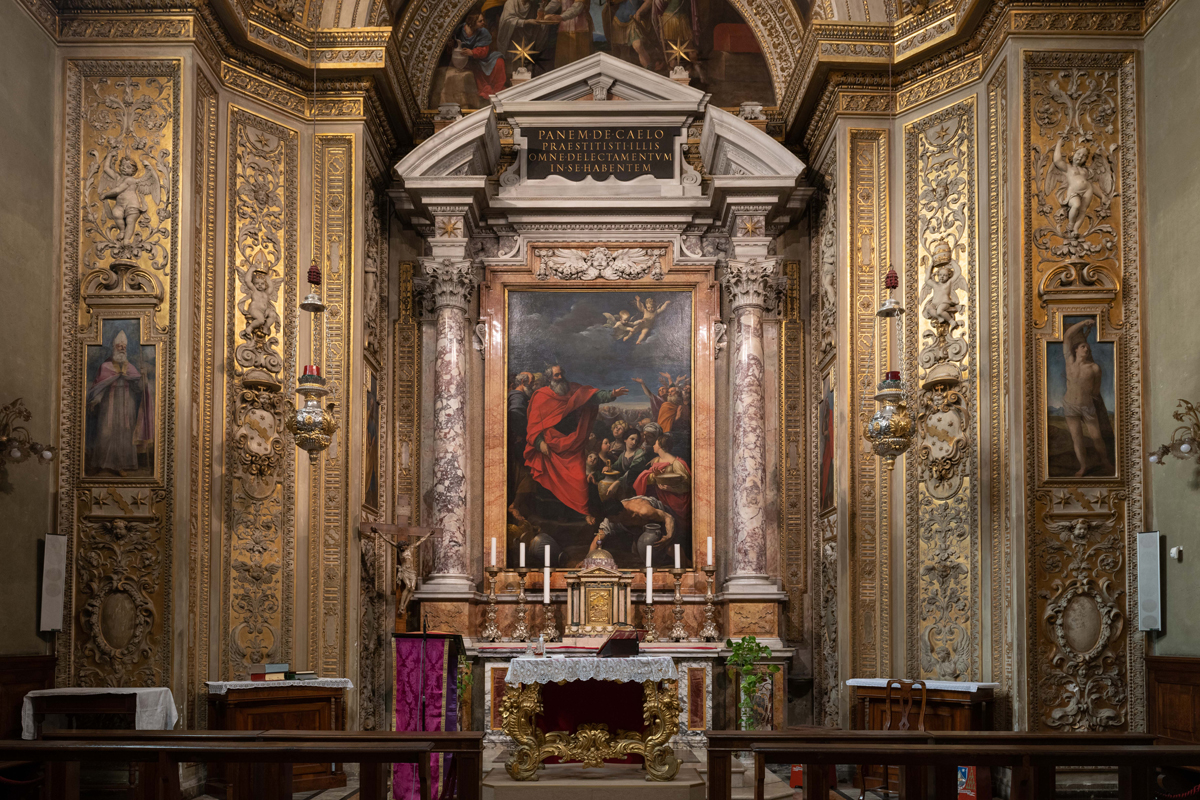Ravenna offers various religious itineraries around the city, but one of them is particularly interesting.
In the area of Piazza Duomo and Piazza dell’Arcivescovado there are some of the most significant religious building of the local history: the Archiepiscopal Palace (hosting the Archiepiscopal Museum and St. Andrew’s Chapel), the Neonian Baptistery and the Metropolitan cathedral of the Resurrection of Our Lord Jesus Christ, simply known as CATHEDRAL or BASILICA URSIANA.
It is a large and majestic building that draws the attention of whoever walks by it, inevitably inviting them to discover its story.
The Hagìa Anástasis of Ravenna
The Cathedral of Ravenna was designed when the capital of the Roman Empire was transferred from Milan to Ravenna, in 402 AD.
Built at the centre of the city, it was consecrated on April 3rd, 407 AD and dedicated to the Resurrection of Jesus (in ancient Greek Hagìa Anástasis). It was finally named “Basilica Ursiana” after its founder, Bishop Ursus.
It is possible to imagine the basilica-plan structure of the original building thanks to historian Andrea Agnello’s writings (9th century AD) and some archaeological excavantions. Probably divided into five naves separated by four rows of columns, it probably ended with an internally half-round and externally polygonal apse.
In 1112 AD, after a series of renovation works, the building underwent some changes – the mosaic decorations of the apse were completely reconstructed, and part of the remains of the ancient ones are now part of the collection of the Archiepiscopal Museum.
The “new” cathedral
But the real transformation of the building, that appeared significantly degraded, occurred in the mid-18th century.
Archbishop Maffeo Nicolò Farsetti decided to completely modernise the whole structure of the building in neoclassical style, as we see it today.
The cathedral was almost completely reconstructed – only the 10th-century cylindrical bell tower and the crypt (which is now submerged) were saved. The mosaics added in 1112 AD were removed or destroyed.
Today, the structure of the cathedral is completely different from the original one. The building has a Latin-cross plant, with three naves divided by two rows of columns.
At the intersection between the main nave and the transept is a 50-metres neoclassical dome, completely decorated with frescoes by Giovanni Battista and Andrea Barbiani, placed on a tambour surmounted by a lantern and divided by eight large windows.
The main nave leads to the side ones, which are divided into three rectangular-plan bays. On each side there are symmetrical chapels, some of them of outstanding beauty.
Besides the Chapel of the Blessed Sacrament, a special mention goes to the Chapel of Our Lady of Sweat at the bottom of the right arm of the transept (see focus).
The cathedral also hosts many religious works of art. Especially worth mentioning are: the altarpiece San Cristoforo by Antonio Rossi; the sarcophagus of Saint Exuperantius, containing the remains of the Bishop and of archbishop Maximian; the painting Gesù fra i Santi Antonio e Giacomo (Jesus between Saint Anthony and James) by Josep Baptiste Wicar; and bishop Agnello’s marble ambo (557 – 570 AD), decorated with animal figures.

